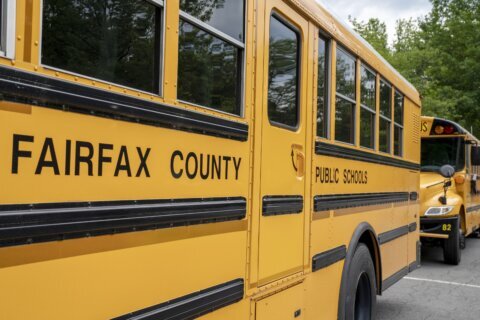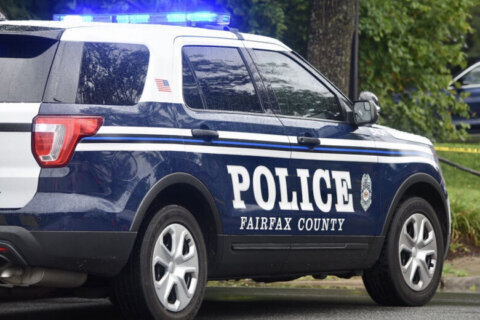FAIRFAX, Va. — After a spike in student suicides, county leaders are increasing efforts to curb the problem before it grows out of control.
On Tuesday, officials told the county’s Board of Supervisors what’s been done since the Centers for Disease Control and Prevention issued a report this year that offered recommendations to Fairfax County.
The issue has drawn regional focus. The relatively new Suicide Prevention Alliance of Northern Virginia — a coalition that includes service boards from the Alexandria, Arlington, Fairfax-Falls Church, Loudoun and Prince William communities — is working to raise awareness and share resources to prevent suicide.
Student suicides in Fairfax County jumped in early 2013 — to 6.9 per 100,000, higher than the national average of 4.4.
Between the 2010-11 and 2013-14 school years, 69 percent of those who killed themselves were white; 74 percent were male.
Female students are more likely to report that they’ve considered suicide. Hispanic girls are at the highest risk for suicide and drug use, says Mary Ann Panarelli, director of the school system’s Office of Intervention and Prevention Services.
Some 31 percent of high school sophomores and 32 percent of seniors reported feeling sad or hopeless. That’s a higher percentage than the state and national averages in the 2013 Youth Survey.
Conversely, students at lower risk tend to get more than six hours of sleep and feel safe at school. They get help from their parents and have ways to solve problems.
“I’ve really had to delve in at each school, and then go and have the conversation with the principal and talk about the different dynamics that might be going on, and how we might be addressing them,” Panarelli says.
Panarelli says the district has changed policies in the last few years to immediately alert principals and counselors to the “sudden death” of students — whether it’s a suicide or a car crash. In years past, students may have heard about the death on social media, but school staff wouldn’t have known about it and wouldn’t be prepared to address it.
Jesse Ellis, prevention manager of the Fairfax County Department of Neighborhood and Community Services, says training for teachers, parents and coaches can help people recognize when students have mental health issues. In turn, the adults can identify best ways to get help for kids.
Seventy-two percent of students who killed themselves between 2010 and 2014 were identified as having a mental health issue. One key, Ellis says, is to make sure full treatment actually occurs.
“The outward signs may get better, and they often do get better with treatment, but often if that lapses — if you stop taking your medication or you stop going to therapy — they can resurface,” Ellis says. “So encouraging people and loved ones to stay involved and stay within their regimen, and continue seeking help and continue talking to people — that makes a huge difference.”







